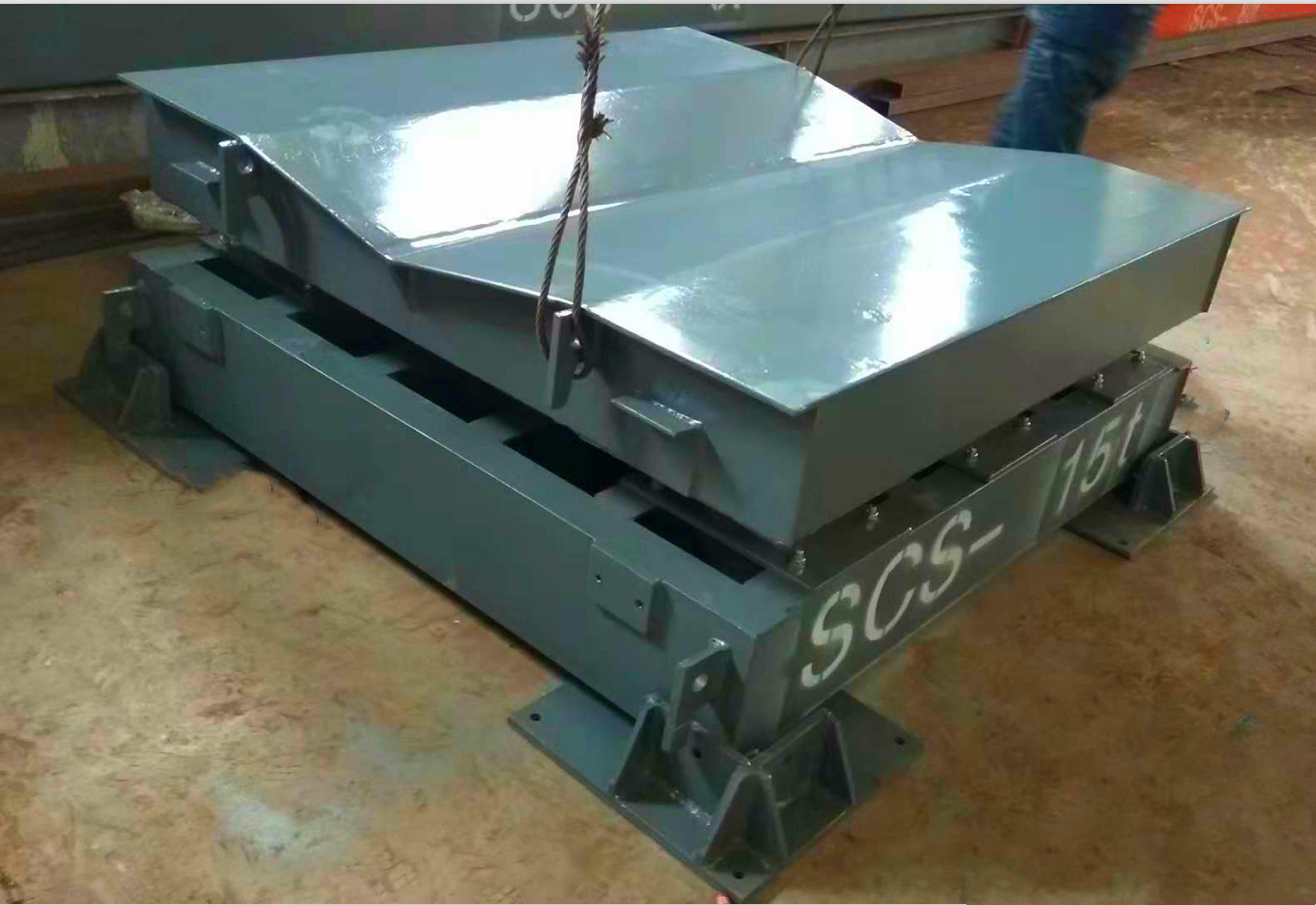In today's fast-paced manufacturing and logistics environment, optimizing material handling processes is crucial for boosting productivity and reducing costs. One technology that's gaining traction is the buffer scale. But how does this seemingly simple weighing device contribute to automation? Let's dive in.
Understanding Buffer Scales
A buffer scale is a weighing system placed at strategic points within a material handling system, typically at the end of a conveyor or before a storage location. It's designed to accurately measure the weight of items as they pass through. While its primary function might seem straightforward, its impact on automation is far-reaching.
How Buffer Scales Drive Automation
Inventory Management:
Real-time tracking: By weighing incoming and outgoing materials, buffer scales provide real-time inventory data. This information is essential for maintaining accurate stock levels and preventing stockouts or overstocking.
Cycle counting: Integrating buffer scales with inventory management systems can automate cycle counting, improving inventory accuracy and reducing the time spent on manual counts.
Quality Control:
Weight verification: Buffer scales can verify the weight of products, ensuring that they meet quality standards and specifications.
Defect detection: By identifying underweight or overweight items, buffer scales can help prevent defective products from moving further down the production line, saving time and resources.
Process Optimization:
Production monitoring: Buffer scales can monitor production rates and identify bottlenecks by tracking the weight of materials moving through the system.
Load balancing: By measuring the weight of loads, buffer scales can help balance loads across different production lines or storage areas, improving efficiency and preventing equipment overload.
Data Collection and Analysis:
Data generation: Buffer scales generate valuable data on product weight, production rates, and inventory levels.
Process improvement: This data can be analyzed to identify areas for improvement and optimize the material handling process.
Benefits of Buffer Scales
Increased efficiency and productivity
Improved inventory accuracy
Enhanced quality control
Reduced labor costs
Better utilization of resources
Data-driven decision making
Integration with Other Automation Technologies
To maximize the benefits of buffer scales, they can be integrated with other automation technologies, such as:
Conveyors: Seamlessly transferring materials between different process stages.
Robots: Automating material handling tasks like picking, packing, and palletizing.
Warehouse management systems (WMS): Integrating inventory data for real-time visibility.
Enterprise resource planning (ERP) systems: Providing data for production planning and scheduling.
By combining buffer scales with these technologies, businesses can create a highly automated and efficient material handling system.
In conclusion, buffer scales are a valuable tool for automating material handling processes. Their ability to provide real-time data, improve quality control, and optimize operations makes them an essential component of modern manufacturing and logistics facilities.









Share this page with your family and friends.